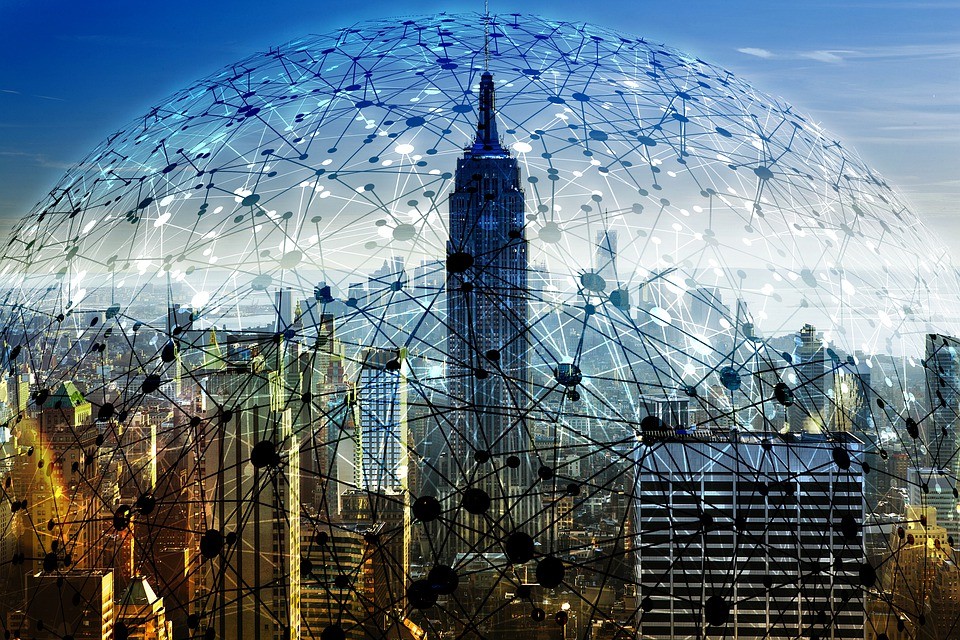The Internet of Things (IoT) is a technology and devices capable of sensing information and communicating with the Internet, and has been used in various ways in recent years. These uses include making electronics and even buildings “smart” by connecting to the internet, helping manufacturers and warehouses work more efficiently, and transmitting data through the cloud.
IoT can also help make commercial buildings a safer place to work, eat and visit. Whether it’s sending alerts about unsafe building conditions, monitoring air quality, or helping first responders communicate more easily during emergencies, IoT can play an important role in making buildings safer.

IoT ensures the structural integrity of buildings and surrounding areas
With the help of IoT, disasters such as collapse of buildings and structures can be prevented. Leverage data generated by IoT sensors to drive artificial intelligence (AI) and machine learning algorithms to gain a clearer understanding of a city’s infrastructure and detect any damaged structures before the situation worsens. City officials can then require preventive maintenance work to avoid future disasters.
For example, IoT sensors attached to bridges work around the clock to keep an eye on damage. Sensors can detect growing cracks or strains in a structure and alert relevant parties so they can make repairs before it collapses and causes damage to surrounding buildings and people.
IoT helps improve building safety
With IoT, building owners can track people entering and exiting their buildings in a variety of ways. These include biometric scanners, fingerprint readings and digital security codes. The demand for smart locks has also increased everywhere due to growing concerns about security issues and greater awareness of IoT and other technological solutions. The smart lock market may grow to $8 billion by 2026.
IoT helps improve indoor air quality
When a person spends eight hours a day indoors, he wants to know if the air he is breathing is healthy. When it comes to air quality, IoT devices can take all the guesswork out of it. Sensors not only monitor air quality but also provide accurate results to IoT applications in real time. According to market research reports, the increase in environmental pollution has created greater demand for air quality sensors. Government regulations have also led to air quality monitors becoming increasingly common in commercial buildings.
For many people returning to the office after the coronavirus pandemic, indoor air quality will be top of mind. IoT and smart building technologies are critical to indoor air quality levels and compliance with CDC guidelines.
IoT helps improve employee safety
IoT technology can provide employees with a safer work environment in a variety of ways. The technology can analyze certain data to develop occupational health and safety measures for employees. For example, in factories, IoT tools work with human resources and workforce solutions to create schedules that limit worker exposure levels or ensure every Each shift is staffed equally.
Companies can provide employees with wearable devices to monitor their health. Wearable devices will connect to IoT servers and provide data that can help employees and companies make safety and health decisions.
From a building and employee safety perspective, IoT fire safety sensors can detect rising temperatures, which may indicate that a fire is spreading. Catching rising temperatures can minimize damage, give employees more time to leave the building or prevent a fire from starting in the first place.
Palavras-chave: wireless measurement and control terminal
